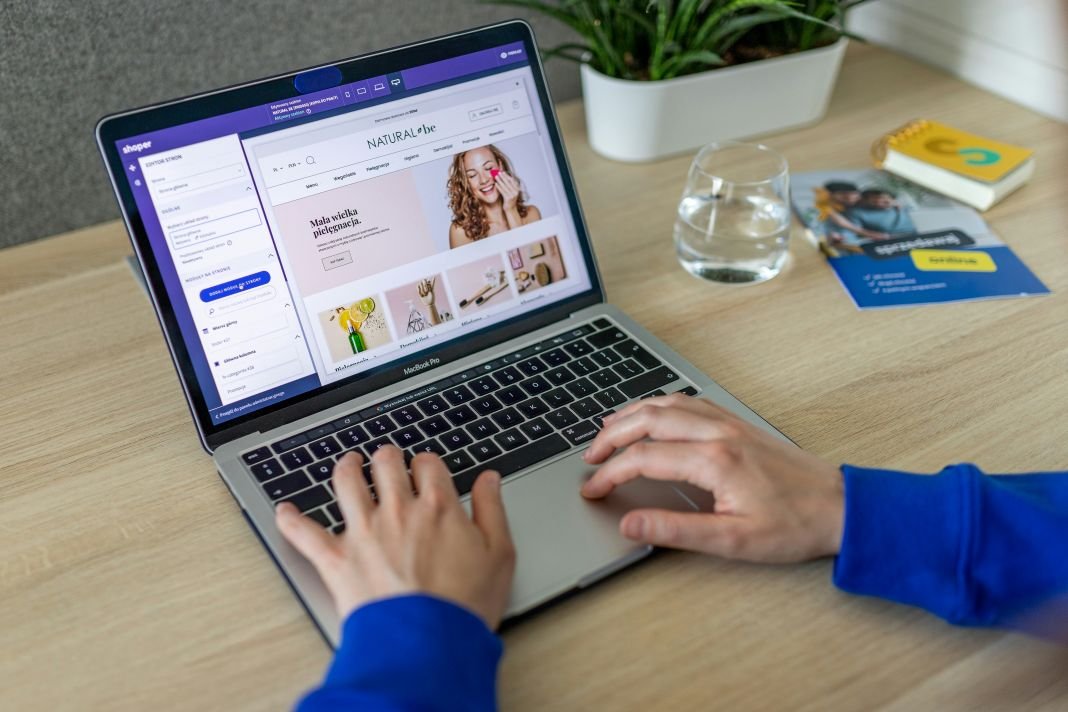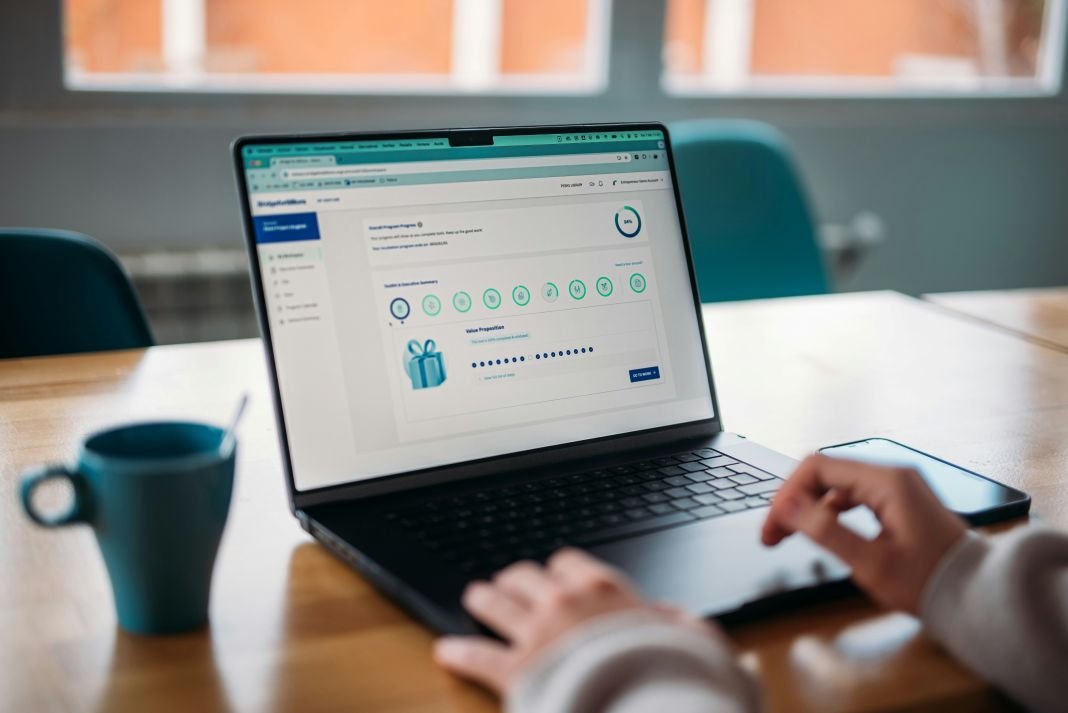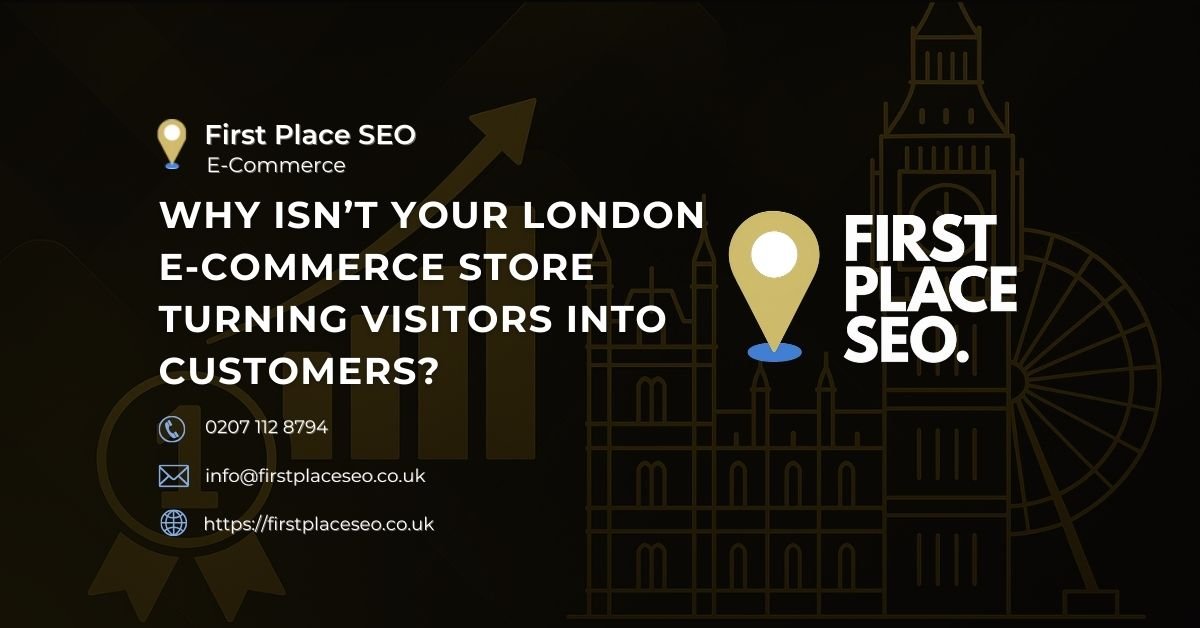Why isn’t your London e-commerce store turning visits into sales?
If your Shopify or WooCommerce store is getting a steady stream of traffic but not many sales, you’re not the only one. Many new London based businesses face this issue. Visitors land on your site but leave without buying. That situation often makes founders question their pricing, product, or overall idea. The real issue is usually more straightforward. Your store might need better clarity, trust signals, and a smoother experience across the full conversion path.
Here's What We Have Covered In This Article
What is a good conversion rate for a startup online shop in London?
Benchmarks and startup norms
Setting realistic expectations is key. Across the UK, e commerce sites typically convert at around 4.1 percent. For startups in London, especially in the early phase, it is normal to see rates between one and two percent.
That might seem discouraging, but this stage is where you gather learning. Product type, price, and where your traffic comes from all influence performance. A startup selling eco friendly gifts through Instagram will not convert the same as a niche site using Google Ads. Use this period to adjust strategy and track weekly progress using London conversion rate benchmarks. Keep refining your customer intent alignment.
Pro Tip : Add same day delivery visibility early on product pages, it builds local trust instantly.
Struggling with Zero Sales Despite Traffic?
Let us run a full CRO audit on your store and find out exactly what’s blocking conversions.
What is stopping visitors from buying?
Traffic without intent
Not all traffic comes with the same purpose. Social media users tend to browse casually. Search traffic, by contrast, usually signals someone is actively looking for a solution. This difference matters. It is why tracking your non buyer behaviour and bounce patterns is essential for understanding the full buyer journey.
Visitor mismatch
You could be offering a great product but showing it to the wrong audience. Unfocused ads, mismatched keywords, or irrelevant partnerships drain your budget and bring poor results. Matching offer to audience means revisiting your search engine optimisation strategy and referral traffic sources.
Product page confusion
Unclear product pages make people leave. Visitors need to understand the offer quickly. What the product does, who it is for, and why it matters. Use simple language and structured design. Make the benefits obvious. Use visual cues to help with bounce without scroll and purchase hesitation. This is core to product page optimisation and value proposition clarity.
How can you fix friction, trust gaps and mobile UX problems?
Trust signals are missing
London shoppers look for reassurance. If your site lacks visible reviews, badges from Stripe or PayPal, and support access, trust drops. Add Trustpilot integration, show payment logos, and provide live chat or phone contact. These updates reassure mobile users and first time customers, helping prevent trust collapse and hesitation in the purchase funnel.
Surprise costs and delivery confusion
Unexpected costs and unclear returns are major turnoffs. Always show shipping fees early. State delivery times clearly, especially if offering same day London delivery. An FAQ or delivery estimate tool helps build delivery confidence and reduce buyer anxiety.
Mobile checkout issues
Mobile users dominate e commerce. If your store is not easy to navigate on a phone, sales suffer. Tiny buttons, unclear forms, and missing autofill can push buyers away. Use mobile heatmap analysis tools to study real behaviour. Apply responsive checkout design, reduce touchpoint failure, and support one handed browsing. Fixing checkout abandonment begins here.
Pro Tip: Even the best traffic won’t convert without strong mobile UX. Prioritise one handed browsing and fast checkout.
Where are you losing sales? Use the right tools to find out
Diagnostic tools that help
You do not need developers. Tools like Hotjar, Google Analytics, and Shopify Analytics show you what is working and what is not. Watch screen recordings, track drop offs, and identify friction. Use this data to drive your conversion funnel analysis with practical insights.
Set up your funnel
Map each step of the buyer journey:
-
Homepage
-
Product page
-
Add to cart
-
Checkout
-
Confirmation
Look at where most visitors stop. That is your friction zone. Use drop off diagnosis tools to measure performance and test fixes. Identify drop points with device segmentation, session replay, and behaviour analytics.



